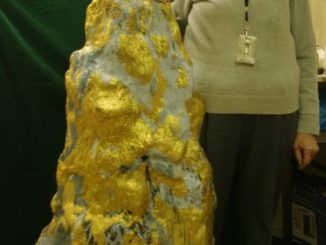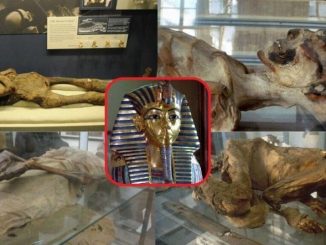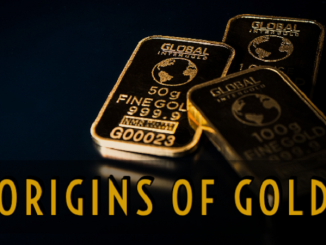Byzantine earrings and Islamic-style coins in a treasure trove in a German town reveal Viking trade relations.

An apprentice metal detector in northern Germany recently discovered a treasure trove of 800-year-old gold jewelry and silver coins that revealed trade relations in the region, Live Science reported on March 1. The treasure contained two pairs of very high-quality gold earrings studded with semi-precious stones, a gold-plated coin imitation brooch, two gold-plated rings with stones, a stud pin and 30 silver coins, according to Ulf. Ickerodt, director of the Archaeological Service of Schleswig-Holstein (ALSH).
For decades, amateur and professional archaeologists have worked together to study the Schleswig-Holstein region, and the UNESCO heritage site Haithabu. The area was the second largest Norse town and was important to the Vikings from the 8th to the 11th centuries. Haithabu was destroyed and abandoned around 1066, ending the Viking period in the region.
Metal detectorists stumble upon treasure on a piece of land that was once well-studied. They reported their findings to ALSH. Later, a group of archaeologists excavated the area and found gold and silver objects as well as pieces of cloth used to preserve them, the most valuable of which was a set of earrings. They date from around 1100 and were made by Byzantine goldsmiths. 30 silver coins minted during the reign of Danish King Valdemar II, proving that the treasure was buried after 1234.
The treasure trove of Danish coins and western Mediterranean jewelry is particularly interesting and reveals the multicultural nature of the region. Such treasures are rare in Schleswig-Holstein. The research team is still unclear whether the artifacts were personal property or theft, or whether they were buried ceremonially or not.


